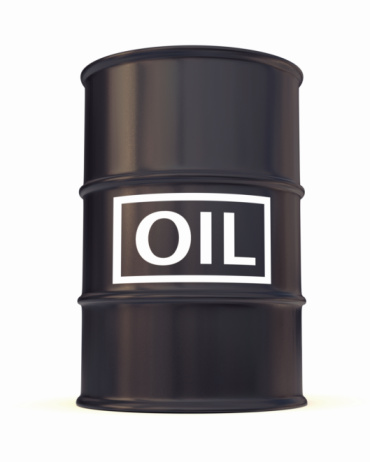
Total gasoline inventories rose by 2.9 million barrels last week and are now in the middle of the five-year average range. Total motor gasoline supplies averaged nearly 8.6 million barrels a day over the past four weeks — a rise of 0.2% compared with the same period a year ago.
According to American Petroleum Institute reports, crude supplies fell by 27,000 barrels, while gasoline supplies rose by 1.4 million barrels for the week ended November 2. Platts is estimating a build of 1 million barrels in the crude inventories and a drawdown of 1 million barrels in gasoline and 2 million barrels in distillates, including heating oil.
Crude prices, which had fallen to about $86.22 a barrel before the report was released, have fallen to around $85.90 a barrel following the EIA report and are down about 3.3% on the day so far.
For the past week, crude imports averaged 8 million barrels a day, an increase of about 89,000 barrels a day from the previous week. Refineries were running at 85.4% of capacity, with daily input of 14.7 million barrels a day, about 183,000 barrels a day less than the previous week.
Distillate inventories rose by 100,000 barrels last week and remain well below the lower limit of the average range. Distillate product supplies averaged more than 3.6 million barrels a day over the past four weeks, down 15.3% when compared with the same period last year. Distillate production totaled nearly 4.6 million barrels a day last week, up by about 100,000 barrels a day from the prior week.
The rise in inventories is most likely due to the shutdown of two major refineries due to Hurricane Sandy. The sharp rise in gasoline inventories is also due to the storm. The one area of concern about supplies is distillates, including heating oil, where the drop in production will drive up the cost of heating fuel primarily in the Northeast.
The United States Oil ETF (NYSEMKT: USO) is down more than 3% at $31.38, in a 52-week range of $29.02 to $42.30.
The United States Gasoline ETF (NYSEMKT: UGA) is down about 3% at $54.72. The 52-week range is $44.98 to $62.13.
Paul Ausick
Credit Card Companies Are Doing Something Nuts
Credit card companies are at war. The biggest issuers are handing out free rewards and benefits to win the best customers.
It’s possible to find cards paying unlimited 1.5%, 2%, and even more today. That’s free money for qualified borrowers, and the type of thing that would be crazy to pass up. Those rewards can add up to thousands of dollars every year in free money, and include other benefits as well.
We’ve assembled some of the best credit cards for users today. Don’t miss these offers because they won’t be this good forever.
Flywheel Publishing has partnered with CardRatings for our coverage of credit card products. Flywheel Publishing and CardRatings may receive a commission from card issuers.
Thank you for reading! Have some feedback for us?
Contact the 24/7 Wall St. editorial team.



